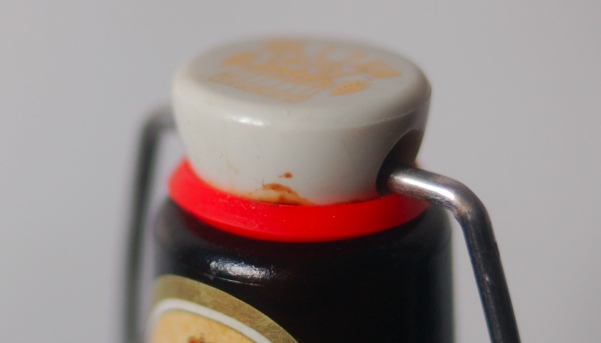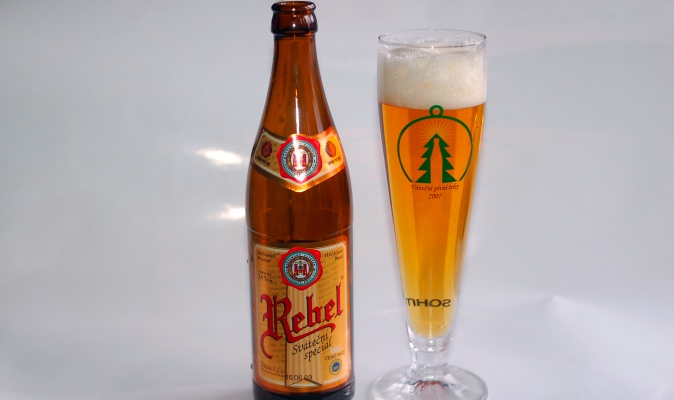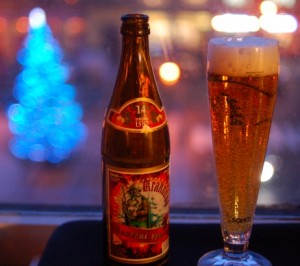 One of the cool Bavarians to show up at last year’s Christmas Beer Markets was Schneider’s Aventinus, an amber wheat beer that kicks like a Doppelbock, blending plummy stewed fruit with Weißbier spice and plenty of alcoholic wallop.
One of the cool Bavarians to show up at last year’s Christmas Beer Markets was Schneider’s Aventinus, an amber wheat beer that kicks like a Doppelbock, blending plummy stewed fruit with Weißbier spice and plenty of alcoholic wallop.
Right now, Richter Brewery in Prague has something similar on tap: a polotmavý (half-dark, meaning amber) Weißbier. It’s brewed at a conventional 13° with about 5% alcohol, versus 18.5° and a massive 8.2% for the brawny German.
The strength might be the biggest difference between the two, as some of the flavors and aromas are quite similar. The nose of the Polotmavý Weißbier has cooked plums and chocolate and cocoa notes with just a breath of citrus acidity. In the mouth, it starts out with fairly sweet and complex fruitcake flavors before a dry finish.
Half-liters of Richter’s Polotmavý Weißbier are 35 Kč. Get one while you can.






 For a long time, the only innovation on the Czech beer market was the production of gimmicky flavored beers, usually a standard Czech Pilsner-style beer with fruit extract added after lagering. For many real beer fans, these flavored beers represented only a half-step toward the goal of better quality and bigger variety in the local beer market, a stumble in sort of the right direction.
For a long time, the only innovation on the Czech beer market was the production of gimmicky flavored beers, usually a standard Czech Pilsner-style beer with fruit extract added after lagering. For many real beer fans, these flavored beers represented only a half-step toward the goal of better quality and bigger variety in the local beer market, a stumble in sort of the right direction.

 Not all Czech Christmas beers are strong amber monsters like the holy brew sanctified at Klášterní Pivovar Strahov’s
Not all Czech Christmas beers are strong amber monsters like the holy brew sanctified at Klášterní Pivovar Strahov’s 

